Kayaking Sea of Cortez: San Felipe- Pushing Off – Day 1
I got up at about 5:30 AM in San Felipe and was happy to see the Sea of Cortez was still and calm. Mrs. Pena arrived about 8:00 and I paid her the $60.00 roe storage of my car as we had agreed. I gave her my home phone in case I didn’t show up after one month and could call someone to come and get the car. Sort of a worst-case scenario, but a definite possibility. I parked the car where Mrs. Pena said it would be out of the way for a mont
Back on the beach under a palapa, I laid out all my kayak equipment, sleeping bag, tent, small stove, all my food, water, and everything. I laid everything out so I could make some final decisions on what I could leave behind to reduce the weight of the kayak. After sorting out all my equipment, I started packing it away in the kayak. There are two watertight hatches, one fore and one aft, where I put most of the gear and supplies. Water, canned foods, potatoes, oranges, and other heavy stuff was packed down low and closest to the center of the kayak. Boots, stove, clothes, and other light items were shoved into the two-pointed ends of the kayak. I had a “dry bag” with my sleeping bag mounted behind me on top of the stern hatch. In front of the cockpit, I strapped down the life preserver, bilge pump, small water bottle, sail, and rolled-up tent and tent poles. In the pockets of my life preserver, I carried sunscreen, zinc oxide, and a signal mirror.
I started with 10-1½ L bottles of water, so that alone weighed about 33 pounds, not to mention my food and other supplies that I expected would last more than a week. The kayak itself weighs about 65 pounds when empty, so I think the total weight of the kayak when loaded was probably over 160 pounds, not counting my own weight of 170 pounds. It was going to take me some time to get used to paddling with all this weight, I thought.
It was about 9:00 AM. With the bow rope I pulled the heavily laden kayak down the shallow beach to the water’s edge. The Sea of Cortez was flat with not even a ripple. The water was warm on my bare legs and the kayak floated easily, but maybe an inch deeper in the water than I was used to. I moved the kayak out a few yards from the shore, stepped in and shuffled my legs and hips into the cockpit and sat down. Taking my paddle in the shallow water, I rocked the kayak back and forth several times to test the balance of the kayak with my stored cargo in the hull and the bulkier items on the back deck. It felt good. I tugged on the rope connected to my rudder and flipped it down into the water.

I began to paddle. The Chinese philosopher Lao Tzu said, “The journey of a thousand miles begins with one step”. He wasn’t wrong, and this was my first step. I looked back at the beach several times to see my tracks in the sand leading down to the water. I was on my way and the emotions were overwhelming.
My ultimate destination was Santa Rosalia in the southern state of Baja, about 300 to 340 miles to the south, depending on how closely I was able to follow the shoreline. At 10 to 12 miles each day, I figured that I had about a month of kayaking ahead of me.
I had started kind of late in the morning and it was a great feeling to get moving. Although I had been kayaking for about 2 hours a day 3 times a week in preparation for the trip I still wasn’t in the best of shape and the heavy kayak was difficult to move through the water. I planned to take it easy at first and I expected to get stronger as each day passed.
I paddled for a couple of hours and passed by the San Felipe boat harbor, which has a very tall breakwater, presumably because of the very high tides here in the upper Sea of Cortez. My first stop was about 8 miles south of San Felipe near some low, reddish cliffs that were created by deposits of Colorado River sand and silt. Before the massive dams were built on the Colorado River, the river deposited millions of tons of silt in the Gulf of California every year. There was so much silt carried by the river that early explorers dismissed the Colorado as one of those rivers that was “too thick to drink, too thin to plow.”
Today water from the Colorado River is the lifeblood of the booming, if parched, American Southwest. Seven states and Mexico use nearly every drop of water in the Colorado, reducing a once lush delta on the Gulf of California to a trickle in a sunbaked mudflat. The demand for water from the Colorado River has far exceeded its natural supply in recent decades, leading to intense competition and conflicts between those that share the river’s resources. These challenges are only expected to intensify in the future, as population growth and climate change continue to strain the region’s water supplies. For the Colorado River delta in the northern part of the Sea of Cortez, that future has already been written. As a result, the delta has suffered from reduced water flow, increased salinity, and the loss of critical habitats. Once a thriving ecosystem, supporting a variety of plant and animal species, including migratory birds, fish, and other aquatic creatures, the delta has become increasingly fragile, and many species that once relied on the delta for survival have been pushed to the brink of extinction.

My second stop was at about 2:00 PM at about 11 miles from where I started. I sat on the beach for a while, watching the tide swiftly advance across the wide beach. Back in the water, I paddled for another hour or so and finally stopped to camp. I was unsure how the residents here, in houses that make up small groups called “Campos”, react to campers on the beach in front of their homes. So, I move a few hundred yards south on the beach where I camped between two Campos about 13 or 14 miles south of San Felipe. I was near a lagoon inlet with a long sand spit jutting out to sea. The sand spit was apparently a roost for pelicans and seagulls, because it was covered with hundreds of birds
There were three large shrimp boats cruising back and forth a couple of miles out from the shoreline. Sometimes it looked like two of them work as a pair, pulling their nets side-by-side about 200 yards apart. The shrimp boats were fishing offshore, but closer to shore where I was kayaking, I had crossed several gill nets set perpendicular to the shore by local fishermen.
There were lots of shells on the beach in rows along the most recent high tide lines. From the wheel tracks on the beach, it looked like the 4-wheel quad runners go along the beach at the high tide line where the last tide has deposited shells and they collect all the good ones they find. They also seem to use the beach as a road between their compo and the town. From what I could see, it appeared the quad runners can go 20-30 miles south of San Filipe on unobstructed beaches. A couple of quad runners went by, and they had milk crates on the front and back to carry stuff in. They must be going shopping, I thought.
I went down to the water to brush my teeth and there were corbina jumping along the shore. They were mostly very small. At sunset all the birds took off for one last feed and long lines of pelicans were going up and down the coast.
The weather on my first day was very light winds in the morning from the northeast. The afternoon breeze came from the east and then from the southeast. There was a beautiful sunset with some rays from the sun coming between the ridges on the western mountains. The sky was a blaze of oranges, reds, and pinks as the sun began its descent below the horizon. As the light faded, the silhouette of the western mountains was sharply defined against the glowing sky, casting long shadows across the landscape.
I was very tired, and though I tried to travel slowly today, I may have gone a few miles too far before pulling my kayak up on the beach. I would likely be sore in the days to come, but this day was one I’ll never forget!
Next: Day 2. Sunrise on the Sea of Cortez
Please comment on Two Miles to the Horizon
Back to the beginning of Two Miles to the Horizon

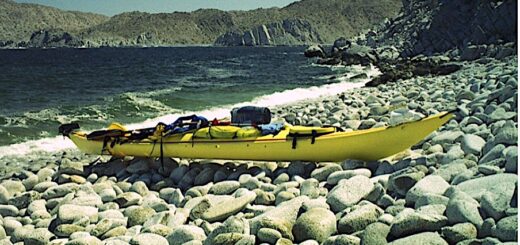
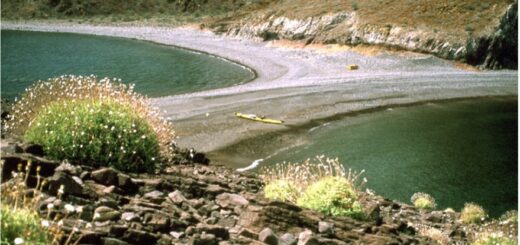
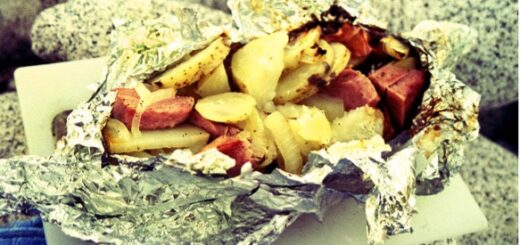

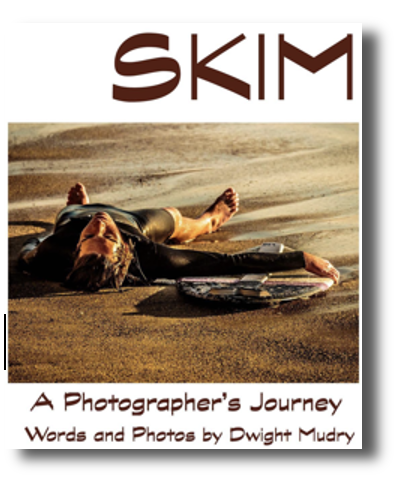
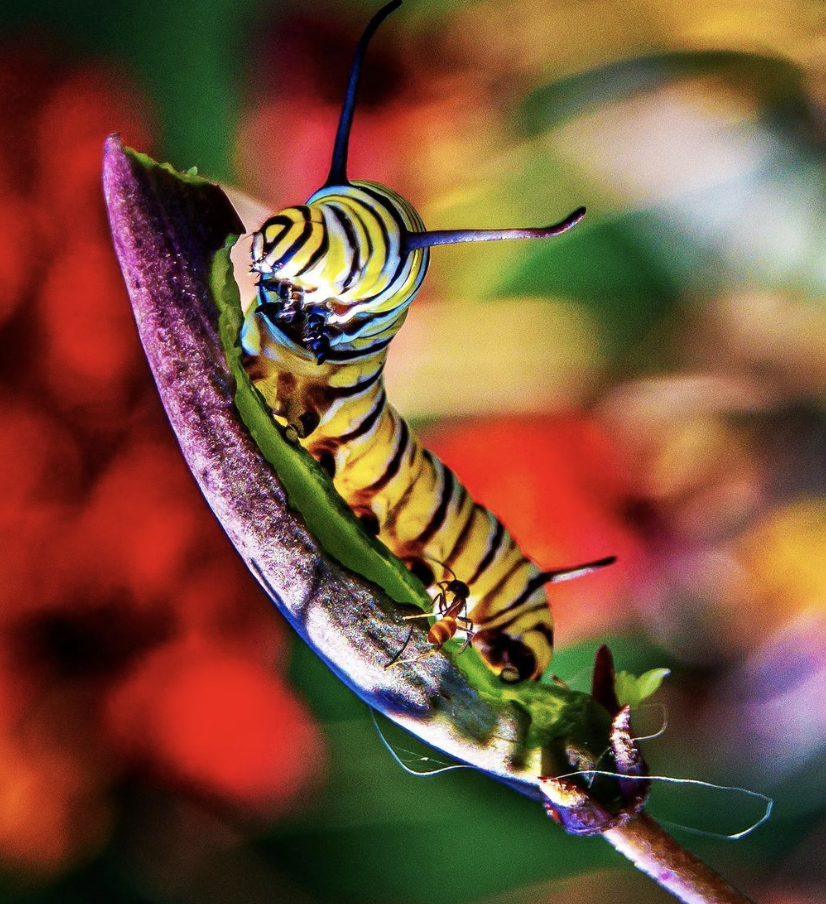
2 Responses
[…] March 5, Day 1- The Launch at San Felipe, An Adventure of a Lifetime […]
[…] Day 1 San Felipe- Pushing off and Looking Back […]